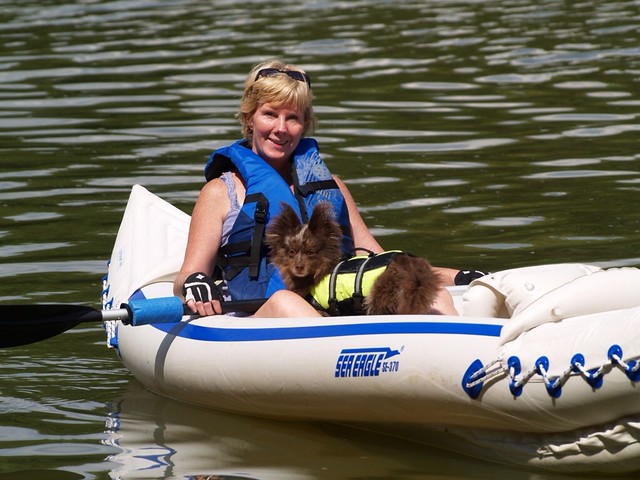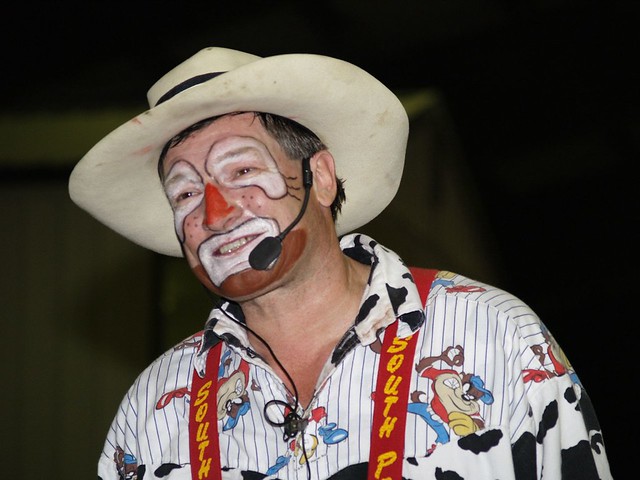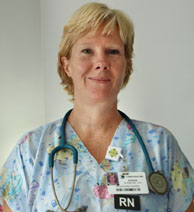A friend came to me recently asking about using Twitter as a means to promote a small business to local customers. After a short conversation, he began to realize how complex something so simple can be.
There is definitely a wrong way to use Twitter.

Photo credit: ExStress Yourself, on Flickr
Let’s look at some examples.
First understand that there are different kinds of small business. One type is a business for whom geography is unimportant. Either they do much of their selling online or they primarily ship their products. We won’t be talking about those kinds of businesses today.
The other kind is those whose primary clientele is local; paint stores, dry cleaners, car lots and the like. A customer patronizing this type of business will visit his local store and not one three states away.
Even for these types of businesses, locality matters. If you are in a small town relatively isolated from any larger towns, online advertising of most types (I’m speaking very broadly here so this includes Twitter as a form of “online” advertising) will be generally ineffective. The locals who will do business with you will almost all find you one of three ways:
- They’ve been doing business with you for years and already have an ongoing relationship with you.
- They will ask their friends, who will refer you.
- You are the only game in town so locals who need what you’ve got will have few options but to find you and do business with you.
That leaves small business in large cities and those in what I will loosely call suburban areas. Much of the east and west coasts of the United States tend to be a patchwork of humongous suburban areas. For example, I live more than 40 miles from Center City Philadelphia, however the greater Philadelphia metropolitan area extends a little over 50 miles to the south of the city, at least as far north and just about as far west. That’s roughly 500 square miles of basically uninterrupted metropolis.
That metropolis, and countless others just like it, may include hundreds of small towns but they all sort of run together. It’s an easy matter for a customer to shop two, three, even ten towns over.
It is in these cases where online advertising and social media prove their worth. Provided it’s done correctly.
The internet and social media are worldwide platforms. If your customer base is all within 30 miles or so of your business location (realistically, it is) then reaching prospects three states away, or three countries away, is not helpful to your business.
Because of the very low cost of online advertising, most businesses don’t bother with targeting but that’s a mistake. Not only do untargeted efforts lead to excessive online “noise”, but they can also lead to costs; both real and reputational.
So the first step is to write your tweets in such as way as to make them targeted and searchable. One of the easiest ways to do that is to add the name of your town in a hashtag, like this: #[town name]
A hashtag is a word you are explicitly marking as being ultra searchable. The implication is that it’s highly relevant to your tweets.
In the next installment, we’ll look another huge distinction that many small businesses fail to recognize. It will make all the difference in what you tweet and how you do it.
Click any of the icons below to retweet these passages from the above article.
Remember, we’ll donate money to charity for every retweet. No purchase necessary. You retweet, we donate. It’s that simple.
![]() There is definitely a wrong way to use Twitter.
There is definitely a wrong way to use Twitter.
![]() For these types of businesses, locality matters.
For these types of businesses, locality matters.
![]() Those who do business with you will almost all find you one of three ways…
Those who do business with you will almost all find you one of three ways…
![]() The east and west coasts of the United States tend to be a patchwork of…
The east and west coasts of the United States tend to be a patchwork of…
![]() That metropolis, and countless others just like it, may include…
That metropolis, and countless others just like it, may include…
![]() It’s an easy matter for a customer to shop two, three, even ten towns over.
It’s an easy matter for a customer to shop two, three, even ten towns over.
![]() If your customer base is within 30 miles of you then [this] is not helpful.
If your customer base is within 30 miles of you then [this] is not helpful.



